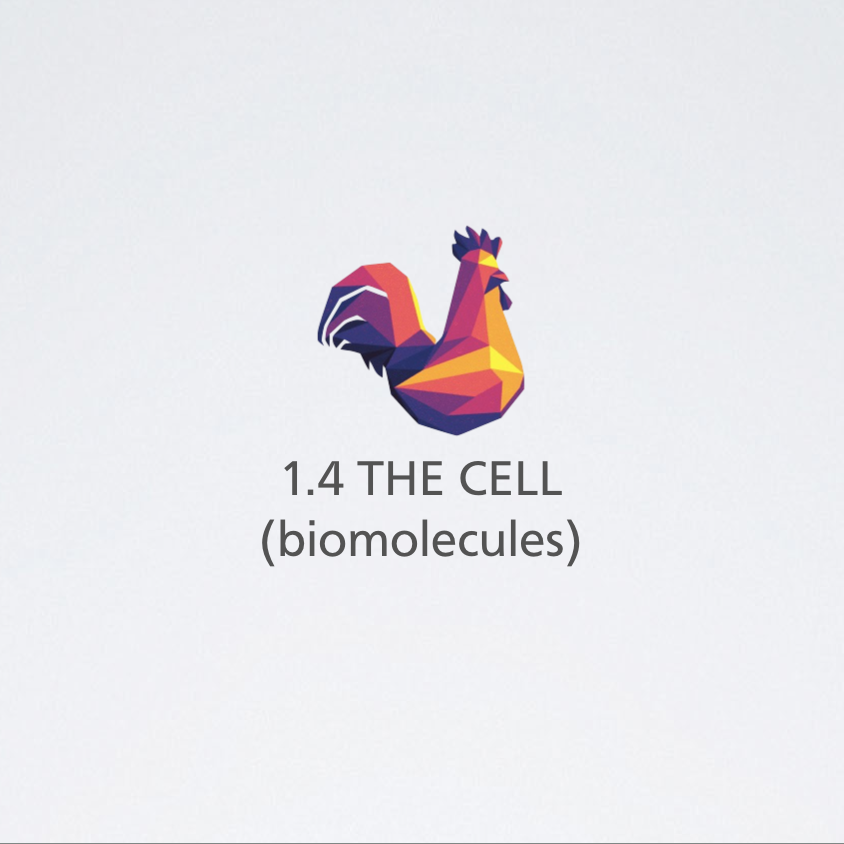
Introduction to biomolecules
Biomolecules is a core JC1 topic in H2 BIO A levels. This topic explores the 3 most important biomolecules that makes up a cell: carbohydrates, proteins and lipids. You will learn about the monomers such as amino acids, glucose, glycerol and fatty acids as well as their polymeric structure and functions. This includes, cellulose, amylose, amylopectin, glycogen, phosphopipids, triglyceride, haemoglobin, collagen as well as G Protein Couple/linked Receptors.
Materials for biomolecules

- 👆🏻 video talking about how changing amino acid sequences can change protein structures.

- 👆🏻 video teaching you some basic facts of collagen.

- 👆🏻 video talking about why glucose monomers are flipped 1800.
- A video overview of biomolecules.
- General concept of proteins.
- Visualization of how collagen assembles together.
- Download diagrams (high resolution) – FREE!
- Purchase notes (including phrasing error corrections & review question solutions).
- BUY FULL pre-recorded class ⌲ includes 2 videos, 1 concept map, 1 set of notes.
Phrasing errors
- Cellulose is soluble and linear.
- Haemoglobin has 2β and 2α chains.
- Collagen comprises of a triple helix.
- Phospholipids are hydrophobic molecules.
- Cellulose is a protein and collagen is a polysaccharide.
- Cellulose has β1-4 whereas starch have α1-6 glycosidic bonds.
- Chains of cellulose are cross-linked by covalent hydrogen bonds.
- Secondary structures of proteins results from hydrogen bonds between O atom of the -CO and H atom of the -NH groups.
Exam tips
- Very often questions asks to compare 2 molecules:
- Give point to point comparison i.e. 1 point in 1 sentence, e.g. branching of amylopectin vs. branching of amylose. NOT ⌲ branching of amylopectin vs. unsaturated fatty acids. (branching and unsaturation are not the same points)
- What does the question want? Structure? Function? Reference to diagram? Relate structure to function?
- If its structures, (depending on situation) talking about monomers and bonds formed between monomers are easy points to gain.
- Careful not to compare different levels of organization e.g. comparing a single cellulose chain to a single collagen polypeptide chain rather than tropocollagen.
- Do not confuse collagen with cellulose!
- Haemoglobin best describes all levels of protein structures so use it whence you can. On the same note avoid collagen as an example unless you absolutely have to.
- Expect to know various food tests, procedures and results, questions can appear even in papers 1, 2 as well as 3.
- When describing dehydration reactions, include details of H from one monomer and OH of another monomer in forming water.
- Protein structures at tertiary and quaternary level are formed by the same 4 types of bonds BUT how the bonds form must be clarified in order to differentiate the different levels.
BYang’s tough question bank
- Fizzy (carbonated) drinks are increasingly used to tenderize tough cuts of meat. Suggest a mechanism to explain the phenomenon. [4m. Created 210312]
- If you like to have the answer, pls head over to my YouTube channel, subscribe and leave a comment that you want the answers in any of the videos!





